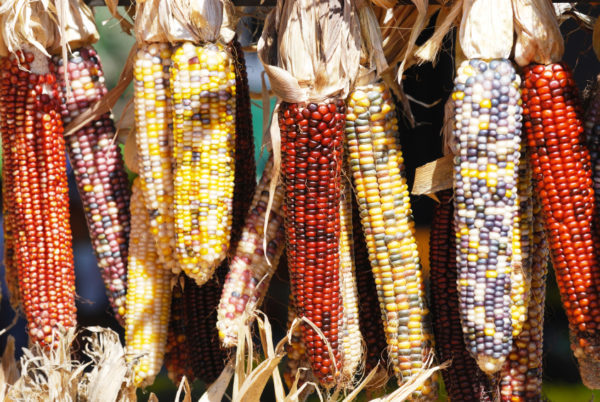Targeted genome engineering has been described as a “game-changing technology” for fields as diverse as human genetics and plant biotechnology. Novel techniques such as CRISPR-Cas9, Science’s 2015 Breakthrough of the Year, are revolutionizing scientific research, allowing the targeted and precise editing of genomes in ways that were not previously possible.
Used alongside other tools and strategies, gene-editing technologies have the potential to help combat food and nutritional insecurity and assist in the transition to more sustainable food production systems. The application and use of these technologies is therefore a relevant topic of importance to a wide range of stakeholders including scientists, funders, regulators, policy makers and the public.
Although the theoretical framework for using techniques such as CRISPR-Cas9 is easy to follow, the reality is often not so simple. On this page you will find resources explaining the principles of applying CRISPR-Cas9 from experts who have successfully used this system in a variety of plant species, exploring the challenges they encountered as well as some of the solutions and systems they adopted to achieve stably transformed gene-edited plants.
In many countries gene editing technologies do not fit within current policies and guidelines regarding the genetic modification and breeding of plants, as it possible to generate phenotypic variation that is indistinguishable from that generated by traditional breeding methods. Dealing with the ambiguities that techniques such as CRISPR-Cas9 have generated will be critical for the uptake and future use of new breeding technologies. Here, you will find resources outlining the current regulatory environment in Europe surrounding gene editing, as well as the approaches being taken in other countries, and a discussion of the potential implications and impacts of the use of genome engineering for crop improvement.
All of these issues were highlighted at a meeting held in Gothenburg, Sweden, on 7–8th July 2017. The meeting, “New breeding technologies in the plant sciences – Applications and implications in genome editing”, was a Society for Experimental Biology satellite meeting, organized in association with the Global Plant Council and GARNet. The meeting provided a forum for debate around the broader policy issues while including opportunities for in-depth discussions regarding the challenges and solutions when using these techniques. A collection of papers is planned for publication as a result of this meeting. The first two can be found below:
Global Plant Council consensus statement on genome editing
The Global Plant Council consensus statement on the regulation of gene-edited plants is available here. Please feel free to use the text, and if possible let us know what you have used it for so that we can trace its impact!
DOWNLOADS
Global Plant Council consensus statement on New Breeding Technologies
Presentation: NBT Public Engagement – Public acceptance considerations – Craig Cormick.
Presentation: NBT Regulation – A view from downunder – Barry Pogson.
Presentation: NBT Regulation – Biosafety legislation and definitions – Piet van der Meer.
Presentation: NBT Regulation – Future perspectives on biotechnology legislation – Joachim Schiemann.
Presentation: NBT Regulation – Prospects for gene-edited plants in USA – Wayne Parrott.
Presentation: NBT Regulation – Why some gene-edited plants are OK in Sweden – Staffan Eklöf
Presentation: NBT Success – Altered gene dosage in hexaploid Camelina sativa – Jean-Denis Faure.
Presentation: NBT Success – Using CRISPR to develop Arabidopsis viral resistance – Attila Molnar.


